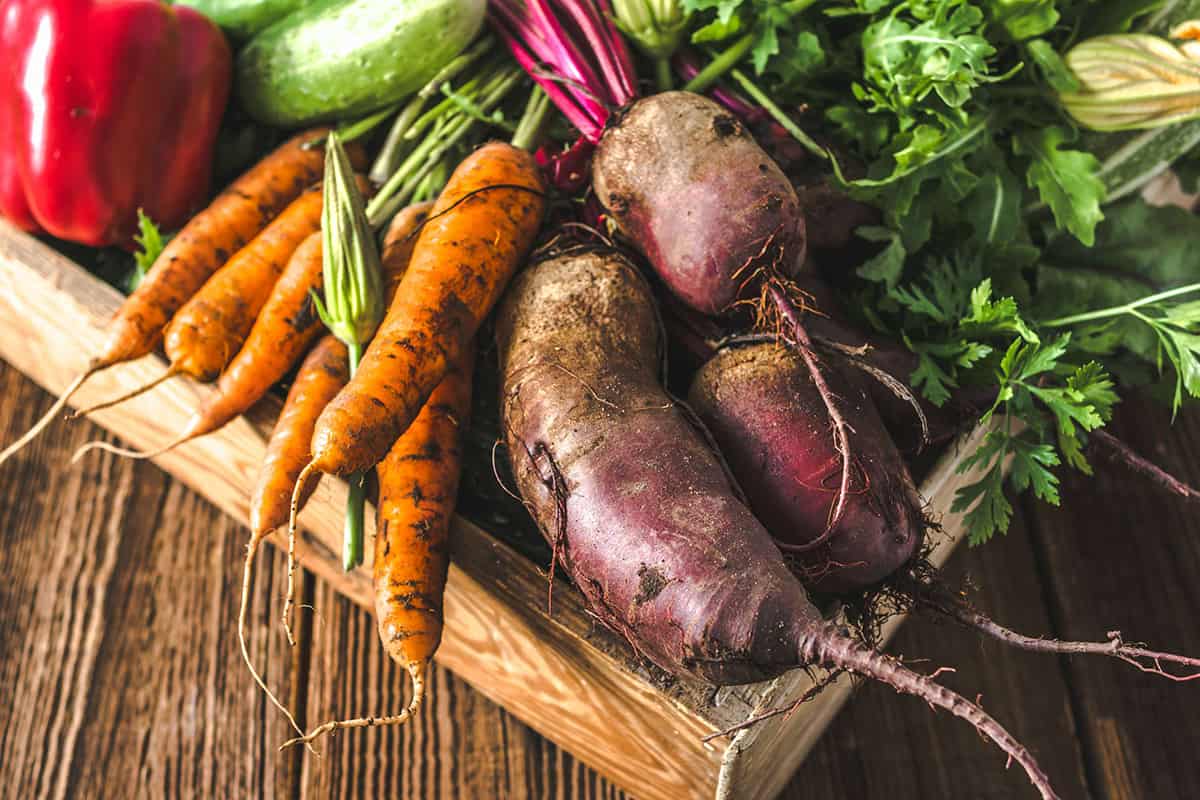This is the state of regional products in Switzerland in 2022
Swiss consumers like regional products and are willing to pay more for them than for conventional or even organic products. How does this perception of regional products come about, and what previously untapped potential still lies fallow in this segment? This is what the study "Regional Products 2022" by HTP St. Gallen, Link and the HWZ investigated.

Regional products are more attractive
If we look at the buyers in detail, we see that women, older people, people living in German-speaking Switzerland and people with a high income are more likely to buy regional products. Regional products are rated higher than conventional and even organic products in the association fields "attractiveness", "sustainability & fairness" and "social issues" - only in the association field "ecology" are regional and organic products on a par.
Furthermore, the study shows how consumers perceive the various retailers with regard to "regionality", what the concrete drivers are for the purchase of regional products or how the regionality of various product groups affects the willingness of Swiss consumers to pay more.
The complete results of the study at a glance
- Regional products have outgrown their niche. For many consumers, they are more attractive than label products, such as organic products.
- Regional products are social products: Regional products are purchased primarily under the aspects of fairness and sustainability. Sustainability also includes ecological aspects, but in comparison to organic products, social aspects play a relatively large role. Customers buy regional products consciously in order to do something good for society. The expectations of customers with regard to sustainability are also high.
- There is a relevantly increased willingness to pay of 10 to 45 percent for regional products.
- Regional products are mainly purchased in the retail trade. However, local trade and supply structures are also becoming increasingly established.
- The argument "from here" gains slightly in importance compared to "regional specialty".
- Good conditions with regard to animal welfare and fair producer prices are expected and assumed for regional products.
Opportunities and requirements for suppliers and retailers
- The right perimeter (size and boundaries of a region) must be defined on a case-by-case basis as a compromise between credibility and economic viability.
- For a credible positioning, suppliers of regional products must make a clear promise regarding the specific origin and the practiced sustainability.
- Nationally active manufacturers and retailers can also position themselves with regional statements, but they must fulfill these credibly.
- Suppliers must make it as easy and convenient as possible for consumers to purchase authentic regional products.
- Successful logistics or platform models can be operated in an economically and ecologically sensible manner. To achieve this, different players must work together.
For the study "Regional Products 2022" were in February 2022 1,321 people were surveyed in German-speaking Switzerland, French-speaking Switzerland and Ticino. Click here for the study on Link.ch.








